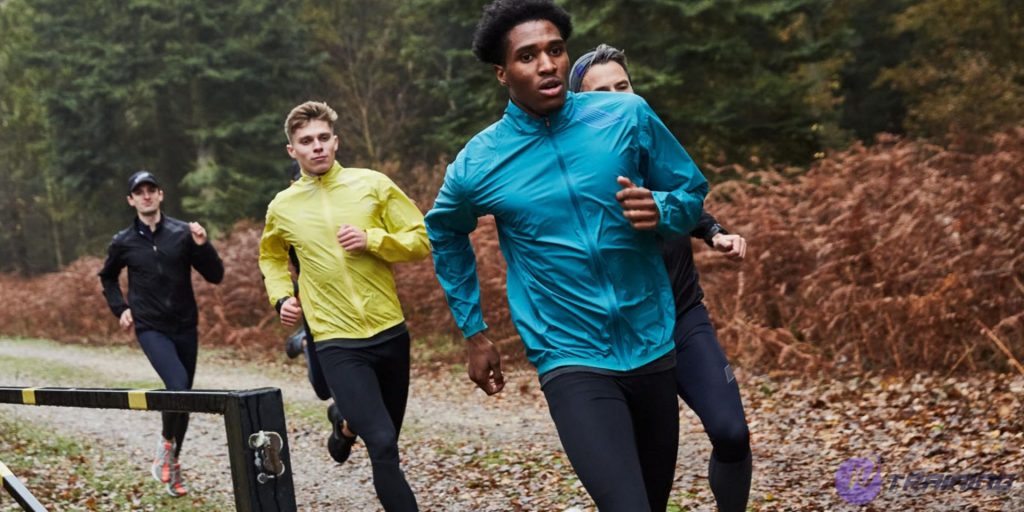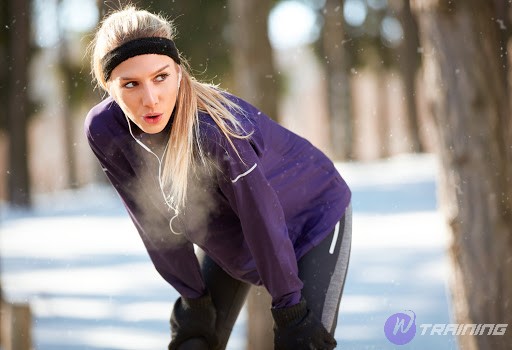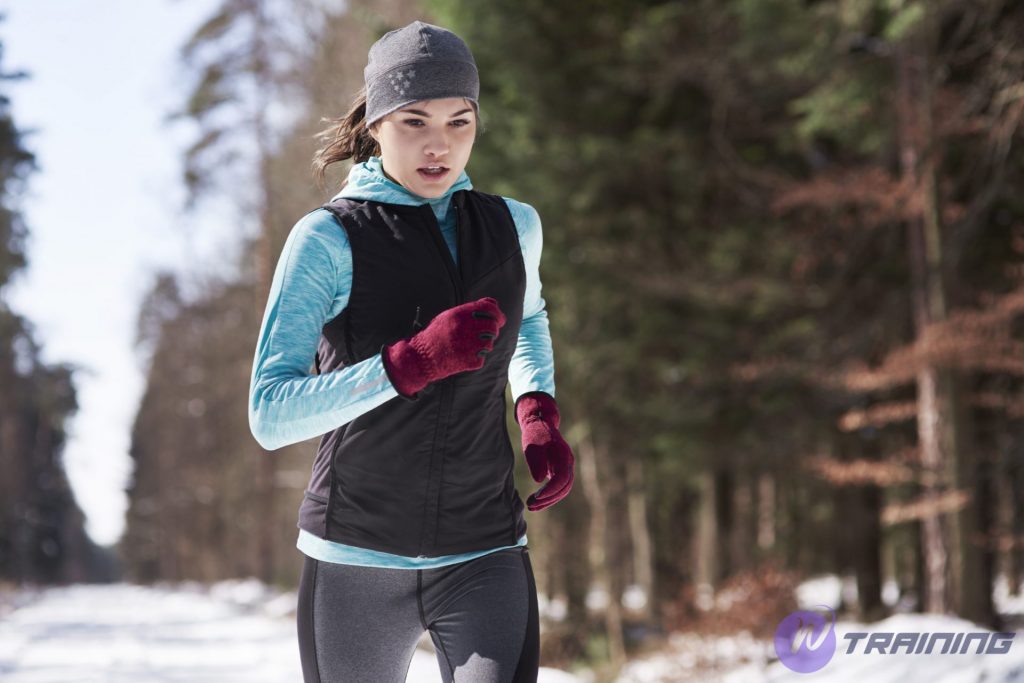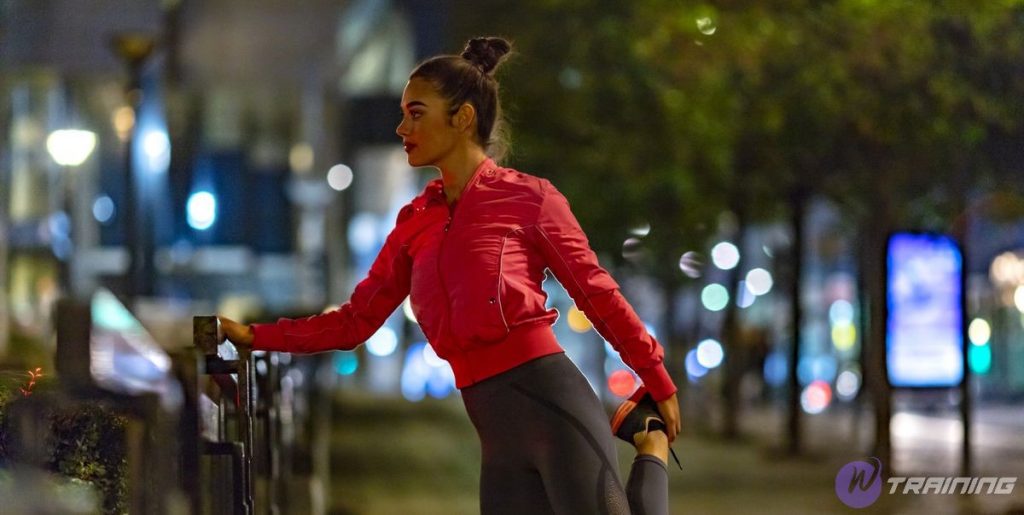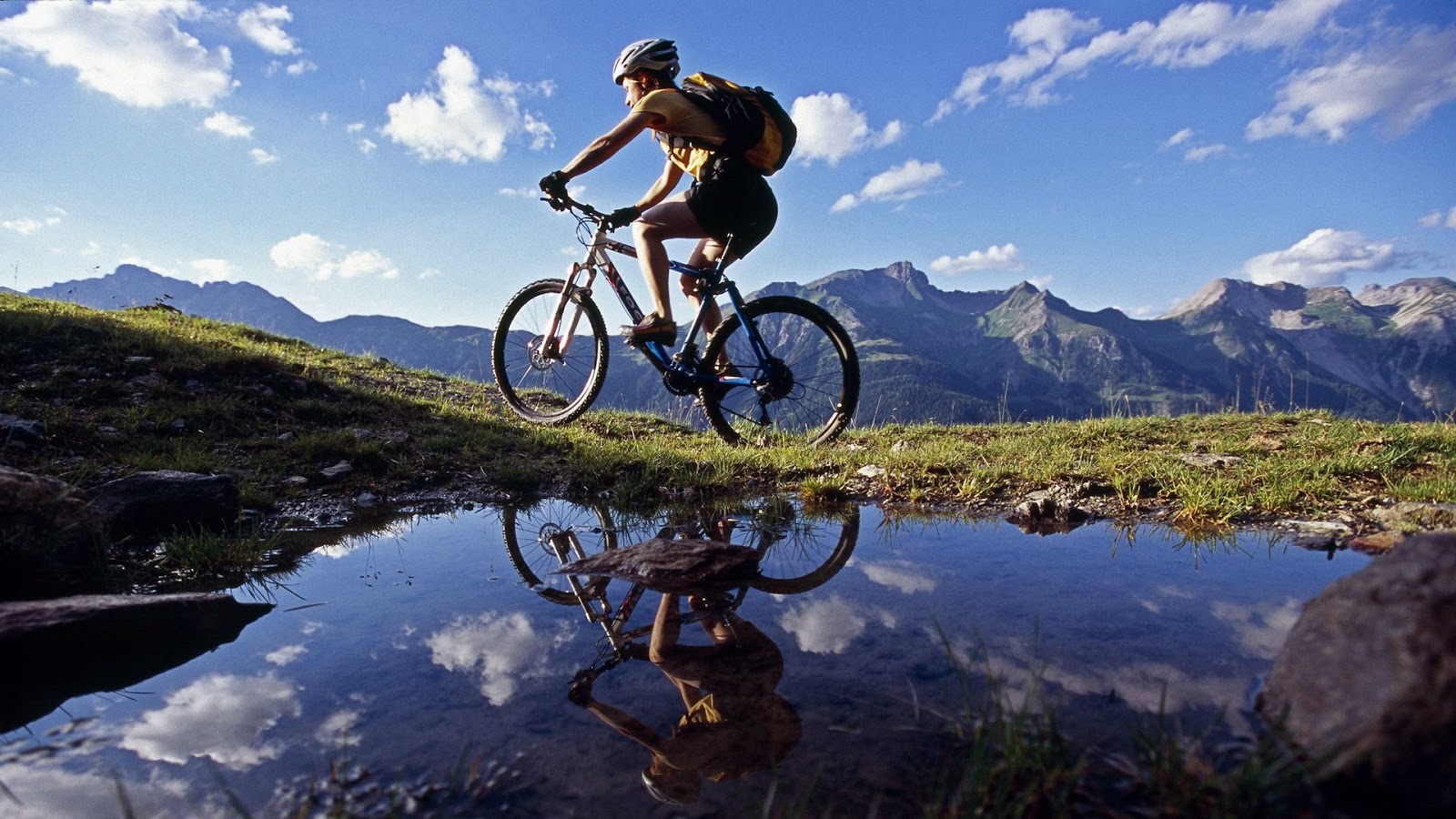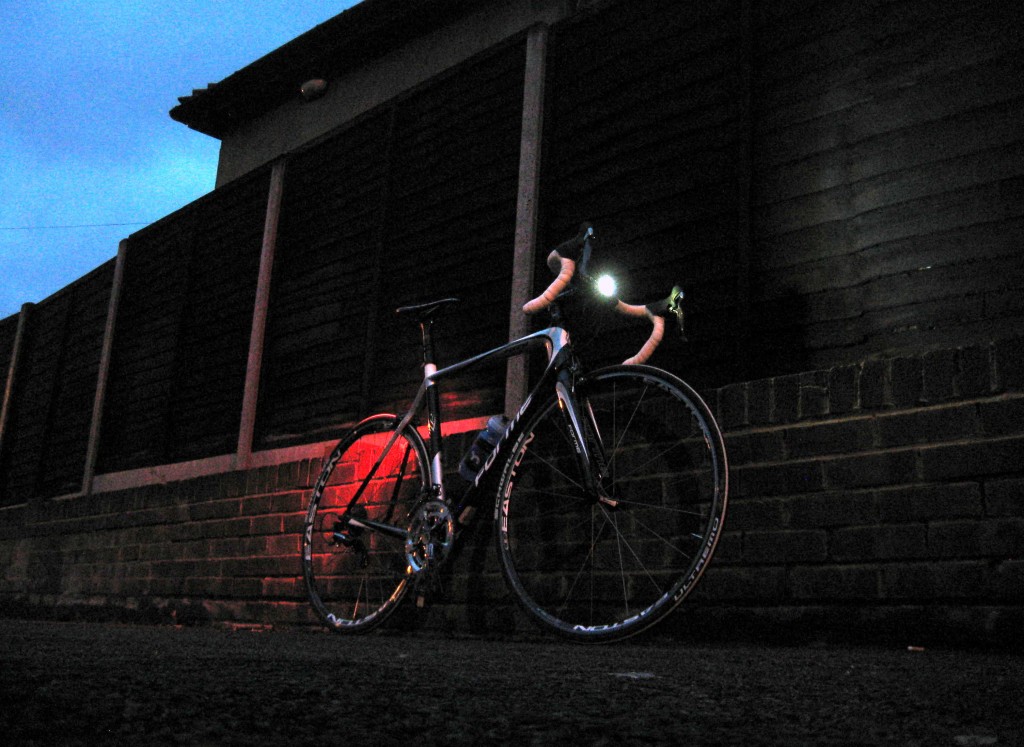Winter’s arrival does not deter many runners from hitting the road. No matter how cold it is or how much snow is on the ground, these ardent runners still lace up their shoes to get in a run. You’re a runner, aren’t you? Consider these tips for running in cold weather.
Something you need to know when running in cold weather
-
Is running in the cold dangerous?
No, as long as you dress appropriately for the weather. When dressing for a run in the cold, keep in mind that once you get moving, your body heats up quickly, which can lead to overheating if you’re bundled up. Layering correctly will help regulate your body temperature and reduce your risk of cold-related illnesses such as hypothermia.
The opposite is also true: once you stop running, you will cool down quickly, so be prepared to change out of your wet clothes as soon as you finish. It’s always a good idea to bring a change of dry clothes to change into as soon as you finish your run, or to jump into a warm shower if one is nearby.
-
Cold weather running essentials
The key to running comfortably all winter is to dress in layers. You can begin the run feeling warm, then easily shed layers as your body warms up and you require less clothing. Simply tie unneeded layers, such as jackets or long sleeve shirts, around your waist and continue running once you’re warm, or plan a loop run so you can drop them off in a safe location, such as your car, when you don’t need them. Remember to place your base layer on the bottom so that the correct layer is underneath as you remove layers.
When stocking up for the winter season, here are a few essentials to have on hand:
-
- Running tights or pants
- Long-sleeve tech shirts (wool or poly-blend) to use as a base layer (depending upon winter temperatures in your area, you may need to invest in both a medium-weight and a heavy-weight base layer shirt)
- Running gloves or mittens
- Headband or hat
- A windproof running jacket
- Running socks (tech fabric or wool blend)
-
How cold is too cold for running outside?
When temperatures drop below freezing, pay close attention to local weather reports and warnings. Cold temperatures and dry air can aggravate certain health conditions, so use your best judgment when deciding whether to run outside or on the treadmill.
Related: Is It Good Running In Snow? Survival Tips To Enjoy?
Tips for running in cold weather
While there is some overlap between running in cold weather and running in warm weather, it also has its own set of unique challenges to be aware of. There’s a lot to think about, from stretches to gear to temperature safety limits.
Gearing up
1. Layers
Layering is important because it allows you to dress warmly at the start of your run when you’re feeling cold, but then strip down later in your run when your blood is flowing and your body temperature is rising. And it all starts with the foundation.
What extra layers you need will depend on the weather forecast for your run.
Just make sure that any removable layers you have are simple to remove and tie around your waist or store while running. Otherwise, you may find yourself awkwardly hauling a large sweatshirt for a few miles back home.
2. Stay visible
Make certain that all of your layers are highly visible or reflective. While each runner has a different preference for what time of day works best for them, the shorter hours of daylight increase the likelihood of you running in the dark, either early in the morning or late at night.
3. Hats and gloves
Another important aspect of winter running is to keep your head covered. Hats, like other gear, are made with moisture-wicking material to keep your head as dry as possible, providing a more comfortable experience than running several miles with a wool hat on, which could lead to excess heat and sweating.
Winter hats are also useful for covering exposed parts of your head, such as your ears. They not only keep moisture at bay, but they also protect the affected areas from frostbite.
The same holds true for wearing gloves. She adds that whether you prefer gloves or mittens is entirely up to you, as long as your hands and fingers are kept warm.
4. Shoes
If your sidewalks, running trails, and tracks are free of ice and snow, your standard running shoe will suffice. There’s no reason to alter your routine just because it’s cold outside. Just make sure you’re wearing the appropriate running shoe for your body and gait in the first place.
However, if there is ice along the way and you are determined to get those miles in, things can become a little more complicated. There are some cleats or grips that you can slip over your shoes that are designed specifically for walking and running in these conditions.
However, just because you’re wearing them does not mean you won’t slip and injure yourself on a slick patch. Furthermore, as you switch between snow and ice patches and plain concrete sidewalks several times during a run, these grips can make for an awkward experience.
Stay dry after your run
One last thing to remember about your gear once you’ve finished: don’t linger! Whether you take a shower or simply change into drier clothes, it’s critical to remove your sweaty running gear as soon as you arrive home.
Staying stretched out
Experts recommend dynamic stretching over static stretching when it comes to stretching. Dynamic stretching entails actively moving joints and muscles in a manner that mimics the activity you’re about to perform. Static stretching, on the other hand, entails moving a joint as far as it can be stretched and then holding the position for 30 to 90 seconds.
Aside from improving muscle coordination, dynamic stretching improves blood flow to the targeted muscle groups, increasing muscle temperature and flexibility.
Staying safe
There are plenty of other things to be aware of when you’re running in cold weather, too, things to improve your safety and your health.
1. Hydration
During warm-weather exercise, we are usually more concerned with staying hydrated. After all, even if it’s cold outside, staying hydrated is critical. In cold weather, you actually have to be more aware of staying hydrated because you’re still sweating but don’t feel as thirsty.
Furthermore, while gulps of ice-cold water are refreshing on hot runs, they are less so on cold runs. If you have a small water bottle, keep it between your layers, closer to your body, to keep it warm.
2. Beware snow and ice
Make sure your running path is clear once more. Slips and falls, as well as injuries, are greatly increased by snow and ice. Running in the street to avoid dangerous sidewalks may seem like a good idea on quiet residential streets, but it is still running in the street, which should always be avoided for obvious safety reasons.
Make sure trails are clear as well, because the same slip concerns of snow and ice remain. Also, trails are more likely to experience the pooling of melted snow and ice and if you’re not equipped with waterproof shoes, that means cold and wet feet which can lead to a host of problems, from frostbite to blisters.
It may be a letdown for the day, but if your path isn’t safe, it’s best to wait a day or two for things to melt.
3. Prep for the cold
It’s all a matter of perspective when it comes to determining how cold it is to run. Some people will not go outside if the temperature drops below freezing. Others are fine as long as the temperature is above zero. It simply differs from person to person.
Whatever you choose, remember to dress appropriately and think about shortening your distance or doing loops. This way, you’re never too far away from home in case the weather turns bad or you get too cold on the road.
Keep your goals simple
Finally, when running in the winter, it’s critical to keep things in perspective. Running is more about living a healthy lifestyle and getting some exercise than it is about breaking personal records or running longer distances than usual.
Keep your expectations in check! Any run counts as a good run. It’s still good exercise, and not every run, especially in colder weather, has to change your life. Be gentle with yourself and simply be smart and safe.
Common mistakes to avoid
We’ve compiled a list of some of the most common mistakes age groupers make during the off-season. Some are simple but important reminders, while others may appear counterintuitive, but all have consistently stood out among the athletes I have coached over the years. Avoid the following blunders to stay in the healthy lane and enjoy every footstrike this winter.
1. Ramping up mileage too quickly
A smart progression is essential for safely increasing fitness. Yes, you might be able to go from 10 miles per week to 20 miles to 30 miles in three weeks, but that doesn’t mean it’s the best way. Your body requires time to adjust to new stressors; loading tendons and ligaments before they are ready can result in injury. Make a plan that allows you to increase mileage by “around” 10% per week. It’s fine to increase your weekly mileage from 10 to 12 miles, then to 15 to 18, and so on. Avoid making large jumps in mileage or long runs from week to week.
2. Not knowing your threshold pace
Adhere to a tried-and-true procedure. Understand your LT. Understand your Z2 and your CAP. Our coaches at D3 Multisport prefer the 30-minute run test, but a 5k or 10k will suffice as well. In most cases, we will take 95 percent of an athlete’s average heart rate during a 5k race. Knowing your threshold allows you to see what your current fastest pace is and where your ‘easy’ Zone 2 runs should be. For those long easy runs, keep your CAP at the top of Zone 2 and don’t go above that.
3. Running too fast
One of my pet peeves is athletes who run at an excessively fast pace. Find and maintain your Zone 2 heart rate. Hang out, don’t rush past it, and you’ll be able to cover more ground more safely and steadily.
4. Not running fast enough
Even if you spend most of your time in Zone 2 running on roads or trails, you can still do some speedwork. Adding 630 seconds at 5k pace and working up to 12 reps is an excellent way to keep those fast-twitch muscle fibers firing. And it’s critical for getting stronger, faster, and staying away from the “one speed for all distances” mentality.
5. Not changing or alternating shoes
We recommend switching out your shoes between runs. Wear different shoes throughout the week, giving the shoes you wore earlier in the week a rest. You will get more mileage out of your shoes and increase your chances of staying injury-free if you wear multiple pairs.
6. Not doing bricks
This does not have to be done frequently, but getting off your bike and running is good for you as a triathlete! You will usually run better after a bike workout because you are already warmed up.
7. Starting out fast in the cold
When it comes to the cold, don’t get too far ahead of yourself! Allow your body to warm up and get things going before deciding to push the pace too quickly in the beginning. Whatever your goal pace or HR for the run is, start at least 30 seconds slower per mile than you hope to average, or with an HR that is 10-12 beats lower than your expected average. To keep you warm, your body is diverting blood to your skin (the largest organ in your body), so your heart rate may be lower until you warm up.
In summary, running in cold weather doesn’t have to be miserable if you approach it the right way – like getting the right gear, warming up properly, and preparing both mentally and physically. It is actually possible to ward off the chill, get your miles in, and take in the benefits it has to offer.
Read more:
Cold Weather Running Gear: Must-Have Winter Items Checklist
What Are The Best Waterproof Running Shoes for Winter?
